Raising Monarch Butterflies

Our family has been raising monarch butterflies in Missouri for the past several summers. I’m going to share all about how to raise monarch butterflies and what you need to know to get started.
A few years ago my mom was picking wildflowers for my sister’s wedding in a ditch on the side of road when she found a monarch caterpillar on some common milkweed. At the time, she recognized that it was a monarch, but didn’t know what milkweed looked like. After doing a little googling, she decided to bring it inside until it turned into a butterfly, and thus our family wide hobby was born. The next summer she officially raised and released 400 butterflies.
Since then, this has become a hobby for our entire family. My son Graham got really into it with her, and now we are constantly buying new host plants and brining in new types of caterpillars.
Why should you raise monarch caterpillars?
It might seem counterintuitive to bring caterpillars inside. After all, we’re told the best way to preserve nature is to leave it alone. There are ways we can explore doing that (we’ll save that for another post) but raising butterflies inside has its benefits too. Only 5-10% of monarch caterpillars live to be butterflies in the wild. They have a much higher survival rate if you provide them some sort of shelter to protect them from predators.
What to expect when raising monarch butterflies
Raising a monarch butterfly from egg, through the caterpillar stage, to the butterfly stage is about a 4 week commitment. The caterpillar will eat and grow and shed it’s skin 4 times over a span of around two weeks before it pupates, shedding it’s final skin and then hardening into its chrysalis. In its chrysalis it will spend another two weeks undergoing metamorphosis before eclosing as a butterfly.
When your chrysalis starts turning dark and you can see the wing pattern, you know your butterfly will be coming out any minute. It’s a hard transition to catch, but totally awesome when you finally do get to see it! After letting its wings dry for a few hours, you can release your butterfly back outside.
Hopefully your new friend will be back to lay more eggs on your host plants to help you continue your conservation efforts!
How to keep monarch caterpillars alive inside
You only need 2 things to keep caterpillars alive inside.
- A clean container of some sort
- A large supply of the caterpillar’s host plant. In the monarch’s case, this would be milkweed.
Types of containers for raising monarch butterflies inside
Getting started with this hobby doesn’t have to be complicated or expensive. We use tupperware containers (with holes poked in the lids) for caterpillars when they’re small. Then we move them over to a butterfly habitat as they get bigger so they’re in an appropriate environment to pupate into their chrysalises.
The reason you don’t want them to pupate in the tupperware is because they need plenty of space for their wings to dry when they eclose (exit the chrysalis) a couple weeks later.
Reuse containers by washing them thoroughly with bleach water and letting them dry completely before reintroducing new eggs or caterpillars.
Feeding monarch caterpillars inside
The most demanding part of raising caterpillars is keeping them fed. Monarchs only eat milkweed. There are several types of milkweed you can feed them, but they won’t eat any other kinds of plants. The first year my mom was raising monarchs, she continued to pick milkweed off the side of the road to feed her caterpillars. She spent a lot of time picking milkweed. Since then, she has started to grow her own milkweed in various butterfly gardens and planters around her yard.
When caterpillars first come out of their eggs, they’re tiny. They’re actually hard to spot and they don’t eat much at all. You’ll see tiny holes in the leaves where they’ve been.
But don’t be fooled. Monarch caterpillars grow to their full size within about 2 weeks, and by then they’re eating several milkweed leaves a day. A couple monarch caterpillars can completely decimate a small milkweed plant quickly, so you need to be sure you have access to plenty of fresh milkweed.
For the fist week you should plan to clean out the frass (the scientific term for caterpillar poop) and be sure there are fresh leaves once a day. By the second week you’ll be cleaning and replacing leaves at least twice a day.
Types of milkweed you can feed monarch caterpillars:
- Common Milkweed
- Swamp Milkweed
- Tropical Milkweed
- Hairyballs/Balloon Milkweed
- Butterfly Weed
Some of these are annuals and some are perennials depending on where you live, so you’ll want to do a bit of research to find what is the best fit for your zone. Milkweed also does well in pots, so even if you don’t have a place to plant them, a potted butterfly garden is always an option.
Remember, you need to be sure to have enough milkweed to feed your caterpillars for 2+ weeks. I suggest you start with 1-3 caterpillars so you are familiar with how much food is required to keep them sustained. You can find milkweed at most nurseries and will likely find a larger selection at your local native gardening center.
Finding monarch caterpillars
Now that you have your supplies and a basic understanding of what you need to know to keep caterpillars alive, it’s time to find some! By now you may have realized that the best place to find monarch caterpillars to raise inside is outside on their host plant, milkweed. Typically it is best to bring in monarch eggs, rather than caterpillars.
Caterpillars are popular targets for parasitic larva, specifically those of wasps and tachinid flies, and are often infected before you realize it. It’s also possible for them to contract a bacterial infection during their time in the wild. Bringing in infected caterpillars risks contaminating other caterpillars in the same containers, so stick to eggs or be sure to quarantine any caterpillars you bring in separately.
What does a monarch egg look like?
To find monarch eggs, regularly check the bottom of your milkweed leaves. They are oval-shaped and off-white, and if you look super closely you’ll see ridges from the base of the egg to the tip. Milkweed sap can look similar, but once you get the hang of finding them it’ll be easy to discern the difference.
Snap the leaf off the plant and take keep it in a container with a small amount of fresh milkweed for the baby caterpillar that will soon appear within a day or two.
Speaking of milkweed sap, it can be really dangerous if it gets in your eyes. So be careful as you pull the leaf off the milkweed plant and take it inside. Make sure you wash your hands thoroughly after handling milkweed and let any children helping know how important it is to keep their hands away from their eyes.
How do you attract monarchs to lay eggs on your milkweed?
Attracting monarch butterflies to lay eggs isn’t super hard. Build it and they will come. Place or plant your milkweed in a sunny spot and the butterflies will know how to find it to lay their eggs. Consider creating a native pollinator garden with both host plants and nectar plants, either planted or potted, to attract even more butterflies and pollinators and help all sorts of native wildlife in the process.
One important thing to note is that you can’t use any pesticides on your garden, including any type of spray that deters mosquitos. Unfortunately, these sprays target caterpillars and butterflies as well. You may occasionally get eggs on your milkweed, but the caterpillars won’t live very long and most butterflies will avoid your garden.
Before you know it, this crazy hobby will take over your life and you’ll have eggs, caterpillars, chrysalises and butterflies in every stage filling your containers and butterfly habitats. Have fun raising monarch butterflies!
Enjoyed the project?
Suggested materials:
- Butterfly habitat (amazon)
- Milkweed (local nursery)






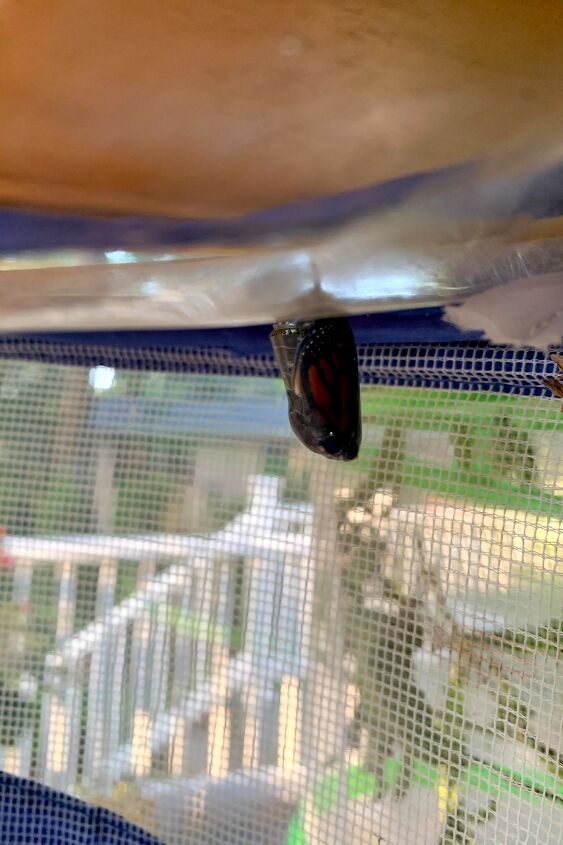













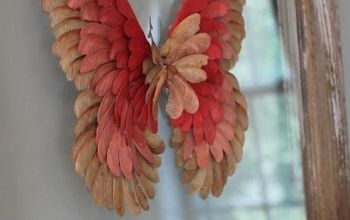

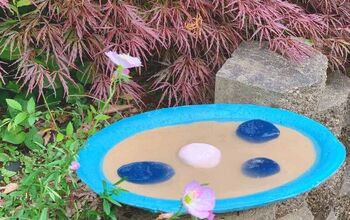




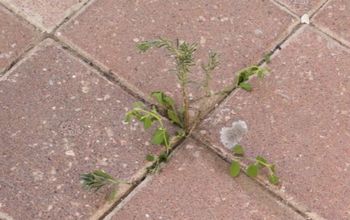




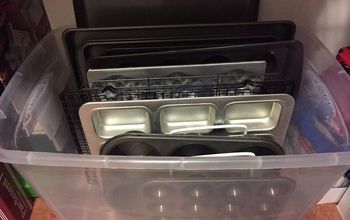

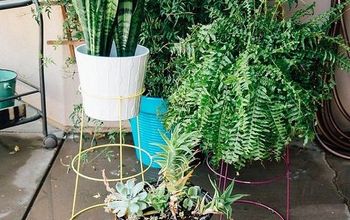


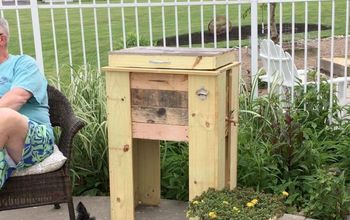
Frequently asked questions
Have a question about this project?